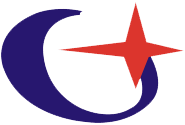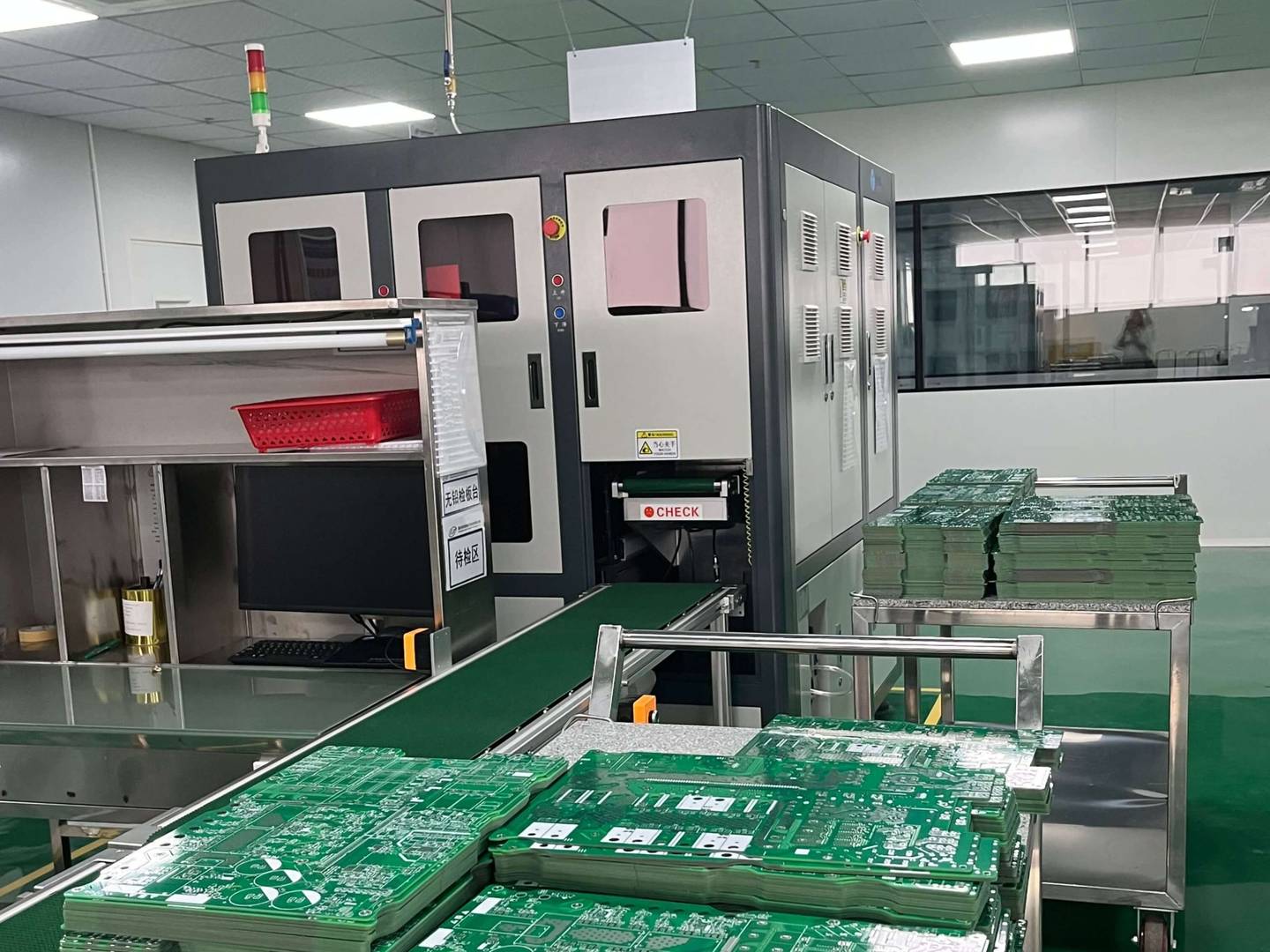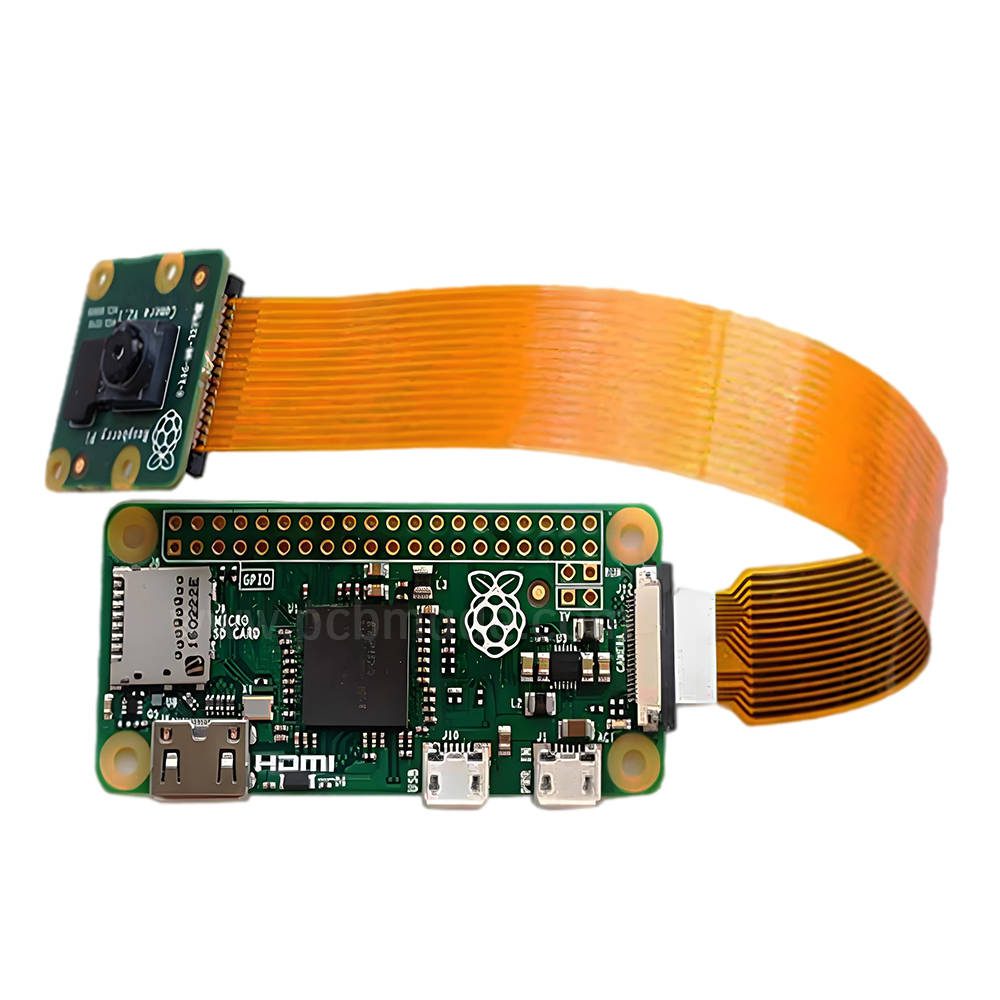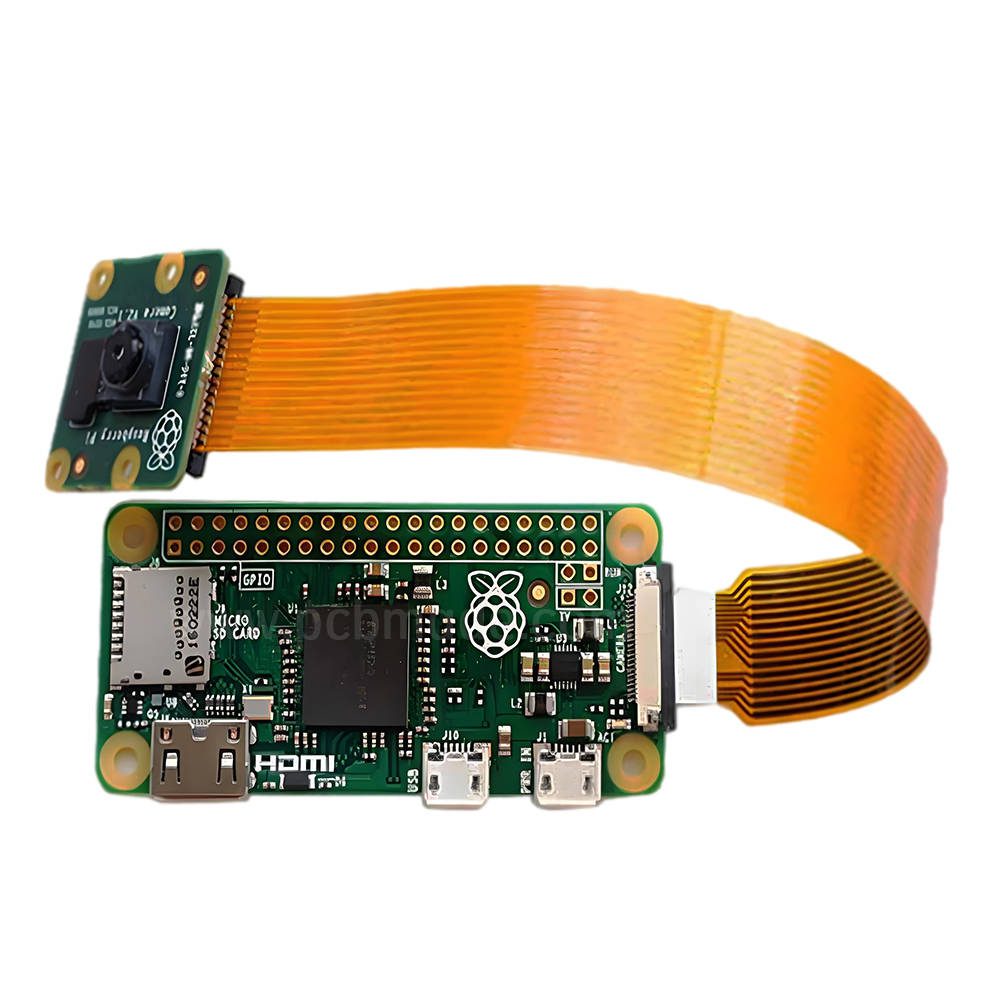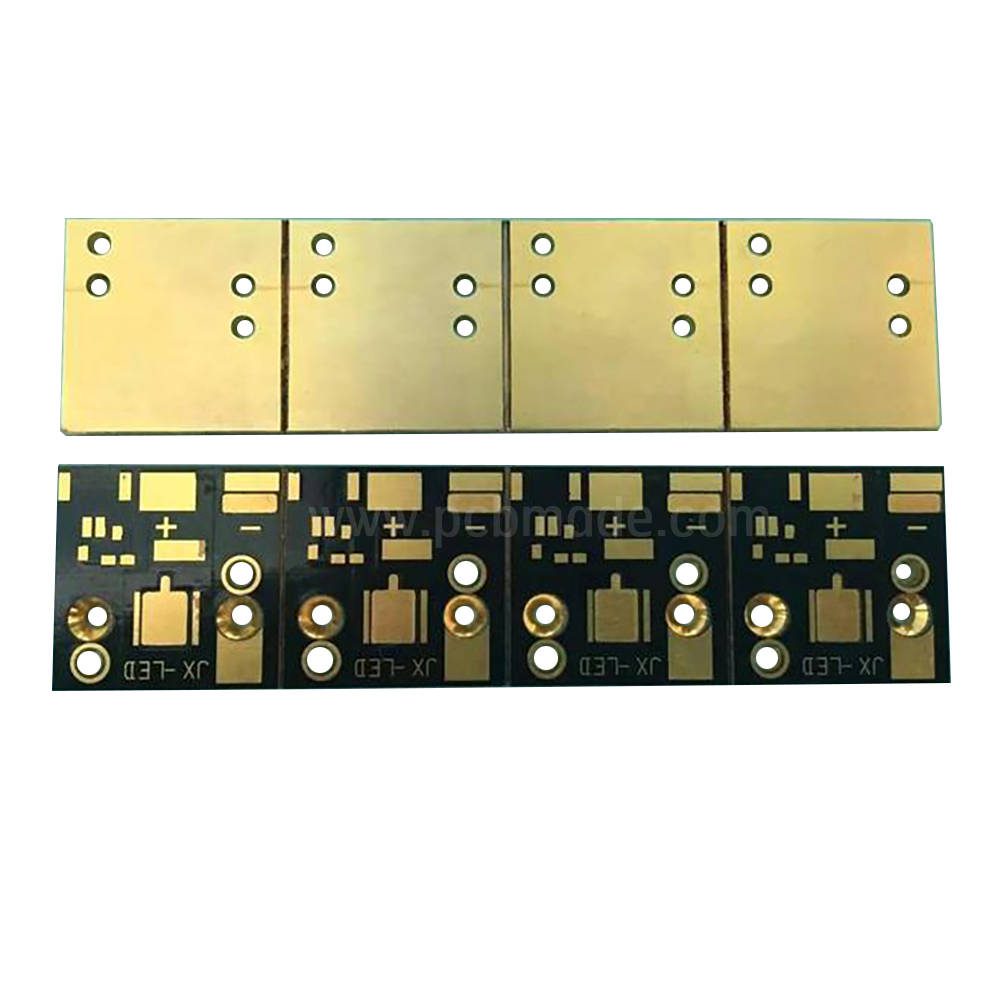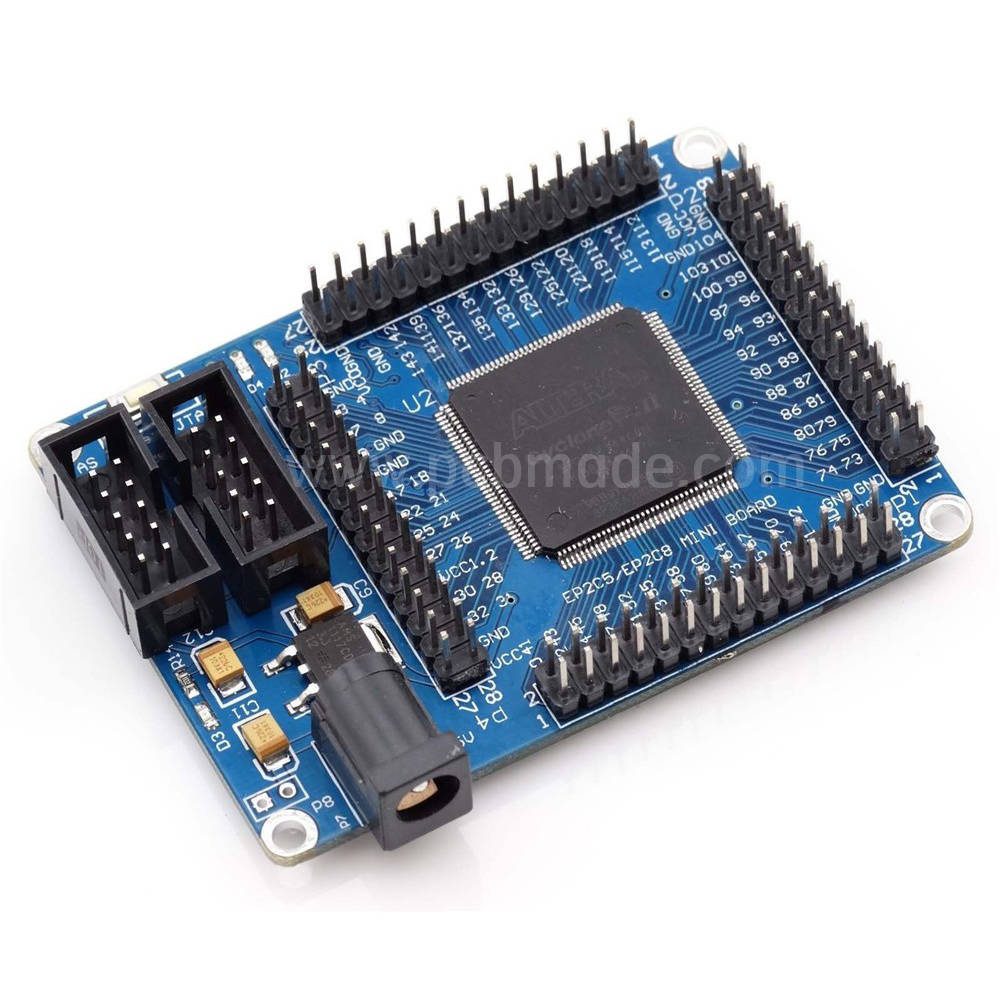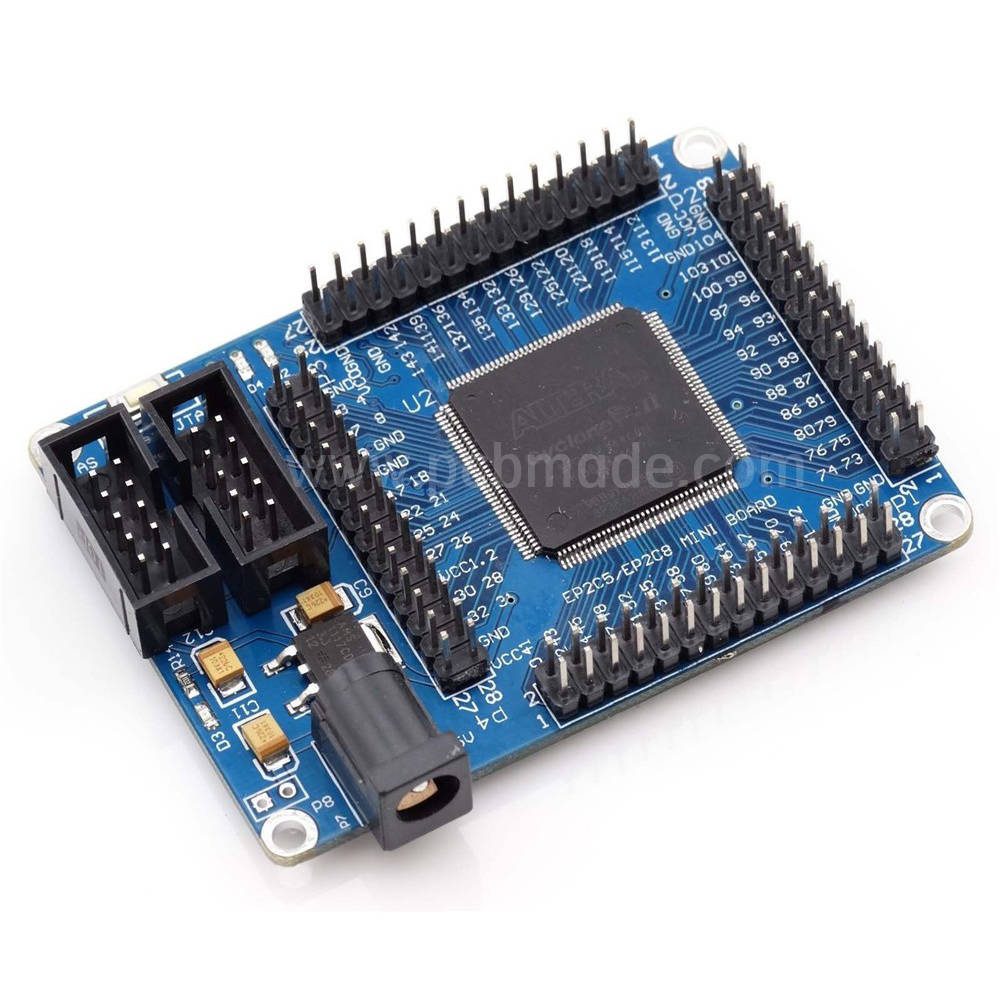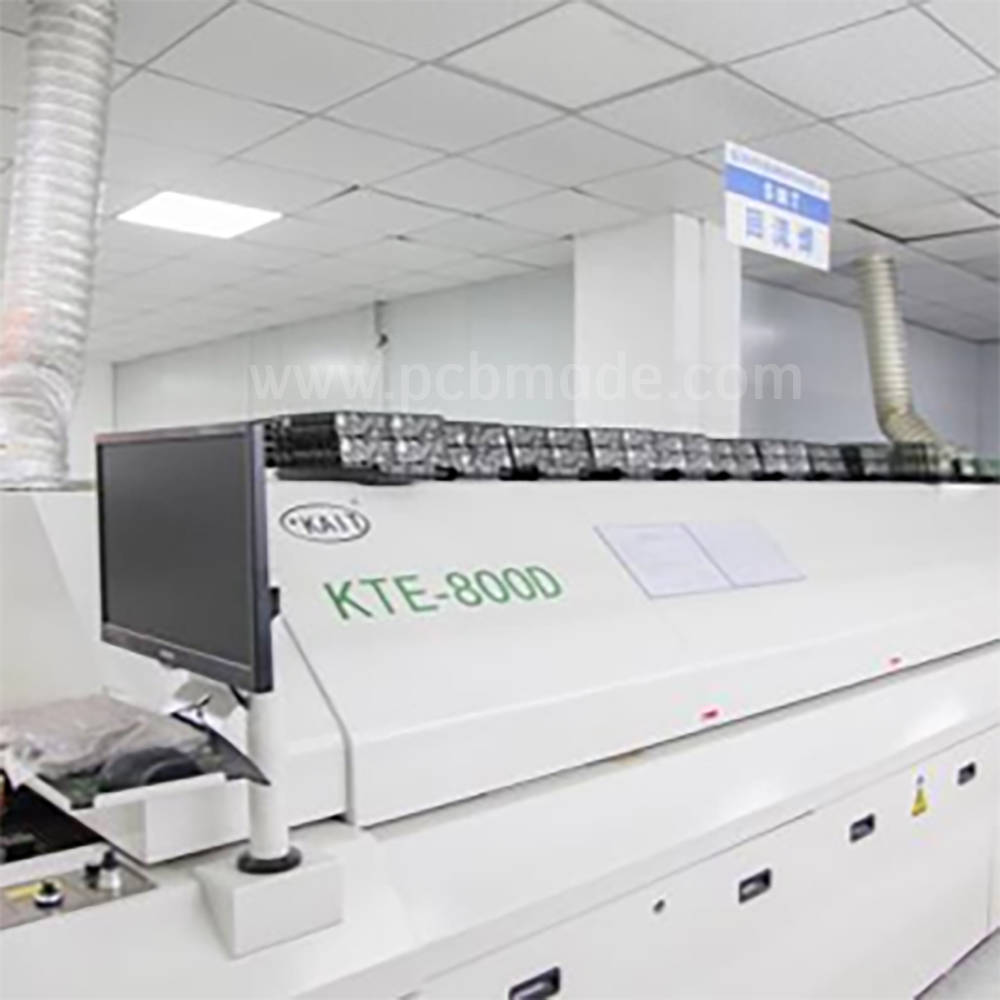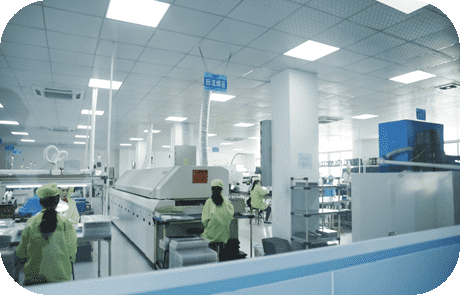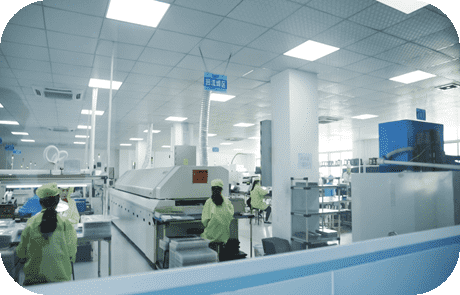Reflow Soldering is a critical process in Surface Mount Technology (SMT) manufacturing, where solder paste is melted to permanently bond electronic components to PCBs. Modern reflow ovens use multi-zone temperature control (5–14 zones) to execute precise thermal profiles, ensuring optimal solder joint formation while minimizing thermal stress on components. Advanced systems employ hybrid heating technologies (e.g., IR + forced convection) or vapor phase heating for uniform heat distribution, addressing challenges like “tombstoning” and oxidation. Nitrogen inerting (O₂ <500 ppm) is widely adopted for lead-free and high-reliability soldering, reducing defects such as voids and bridging. Innovations like AI-driven thermal profiling (e.g., KIC Common Recipe Finder™) automate setup and enhance process repeatability, while rapid cooling systems (2–6°C/sec) improve microstructure integrity in solder joints.
